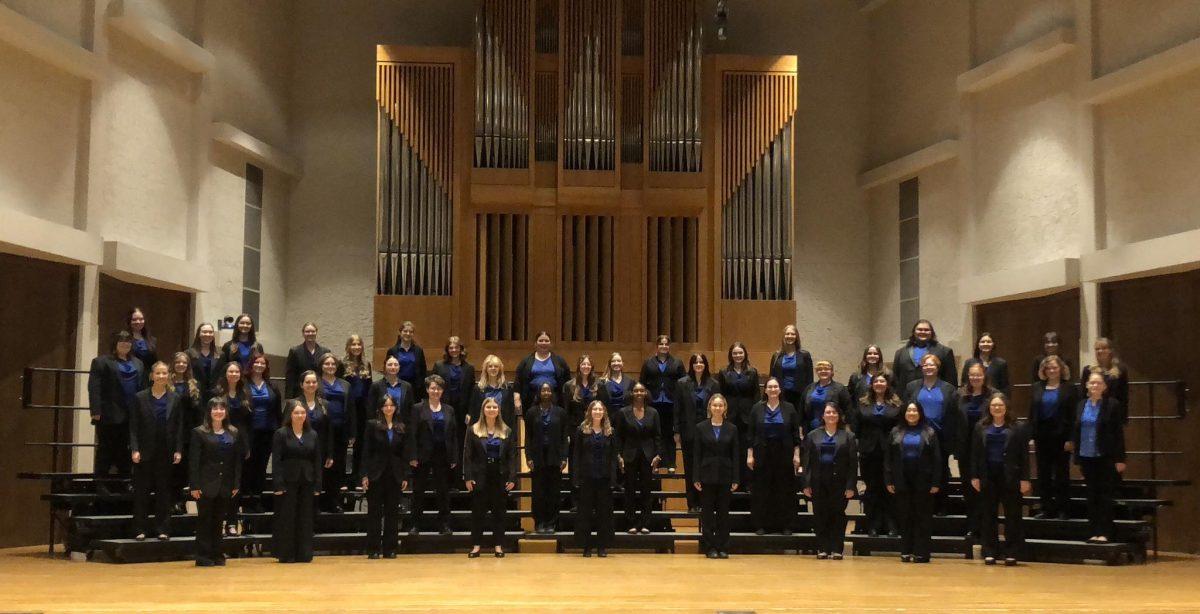By L. N. Harrison // Staff Writer
Three days after the opening date, and the actors from West Side Story were still performing to a packed-out Tucker Theatre. It’s not really any wonder as to why this would be the case.
West Side Story is a musical set in New York City in the mid-1950s amidst rising tensions between the Puerto Ricans immigrating to the ity and the population that was already there. In this case, it culminated into a turf war between the two teenage gangs, the Puerto Rican Sharks and the ‘native’ Jets.
To begin with the effects and the sets, when the lights dimmed at the start of the show and the graphics began to appear on the stage, layering in the cityscape through projection images, I was certainly impressed. It was such an interesting way to set the scene. As someone who’s been to New York City, it honestly did help me get into the mindset by showing those outlines of the city and of its famous buildings. By the time the set itself was revealed, I was even more impressed.
Though I haven’t attended as many productions at MTSU as I would like, the ones I have seen have had very detailed sets. This one was no different. In fact, I think it may have been my favorite one yet. Everything about the sets, though in a way simple, was so well-designed. It all served a very specific purpose while still being aesthetically pleasing.
Maria’s room and the dress shop were stacked on top of each other cross-sectioned to allow the audience to view all of the action without any obstruction and without having to clumsily slide or roll in one room or the other as I’ve seen in productions elsewhere. It really was a great way to structure the set, and it truly added to that sense of everything being stacked on top of everything else in New York City.
What was equally creative was the scaffolding set, which allowed the Jets to roam and swing around it like a jungle gym, and the simple drugstore set, which was smoothly rolled in (and the back wall lowered from above) during lights out, perfectly in place when the lights came on again and removed in the same manner. There were no flubs with lighting during these brief scene changes. The audience was never rudely pulled from enjoying the show due to the stagehands or the lighting and effects crew missing any of their cues, because everything went like clockwork.
What’s more, the use of a live orchestra added so much more to the show than pre-recorded soundtracks would have done. It contributed an energy to the production that was vital, especially considering the scale and magnitude of the musical. After all, when you’ve seen the 1961 film adoption of the musical with Natalie Wood, Richard Beymer, Russ Tamblyn and Rita Moreno, anything less would pale in comparison.
On the topic of actors, the performers in this production were all very talented, but there were some standouts.
Tony (Collin Peterson) and Maria (Brianna Smart) were perfectly cast, both for their ability to convey the almost naive idealism of the characters as well as for their strong, clear, and expressive singing voices that wove beautifully together in “Tonight” and “One Hand, One Heart.” Also of note would be their final scenes, which were truly shining moments for both of them. Riff (Conner McCabe) and Action (Ben George) were incredibly dynamic and charismatic, pulling the audience in and keeping them focused, especially in each of their numbers, particularly in “Cool” and “Gee, Officer Krupke,” which they respectively led. Bernardo (Quintin Craig) was very smooth and suave, .
Mentions for memorable performances should also be given to Chino (Saul Rodriguez), Anybodys (Meredith Waggoner), and Schrank (Paul Gary).
The true stars of the show, however, were Doc (Derek Whittaker) and Anita (Kimberlin Lacy) both of whom gave dazzling performances.
Whittaker brought such an authenticity to the part of Doc, and with one scene near the end, the heart-wrenching display of feeling that was conveyed even to me at the back of the auditorium – the outrage, disgust, and weariness – was incredible and powerful. So often in scenes with such high levels of emotion, particularly in stage productions, it can seem forced or over-the-top, but Whittaker did a fabulous job of not over-acting it and made it seem so organic.
By that same token, Lacy’s Anita was a highlight of the show. There was a realness to the portrayal that showed, in some way, the actress had connected with the character. Her singing was very much on point, lively and energetic – “America” was especially splendid – but also able to convey heaviness and gravity when needed, such as with “A Boy Like That.” With her part in the same scene as Doc at the drugstore, performance she gave was spectacular and watching that scene, as hard as it is to watch by merit of what it is alone, was tense and uncomfortable and exactly what it needed to be.
The one qualm I did have was the attempt of several of the actors at correctly portraying Latino accents. At times, the accents seemed to slip or to shift into accents that didn’t seem Latino at all (though perhaps most who aren’t native Spanish speakers or those who haven’t taken a Spanish Phonetics and Pronunciation class wouldn’t have caught it). However, the overall performances, including the singing and dancing far outshined this problem or this would have been more of an issue for me.
Despite the fact that the musical West Side Story first premiered over five decades ago and despite how many times it has been performed since then, this performance was just as fresh and vibrant as though it were brand new, and the director, choreographer, crew, and cast should all be highly congratulated for a stunning production.
For more events and updates, follow us at www.mtsusidelines.com, on Facebook at MTSU Sidelines and on Twitter/Instagram at @Sidelines_Life.
To contact Lifestyles editor Tanner Dedmon email [email protected].


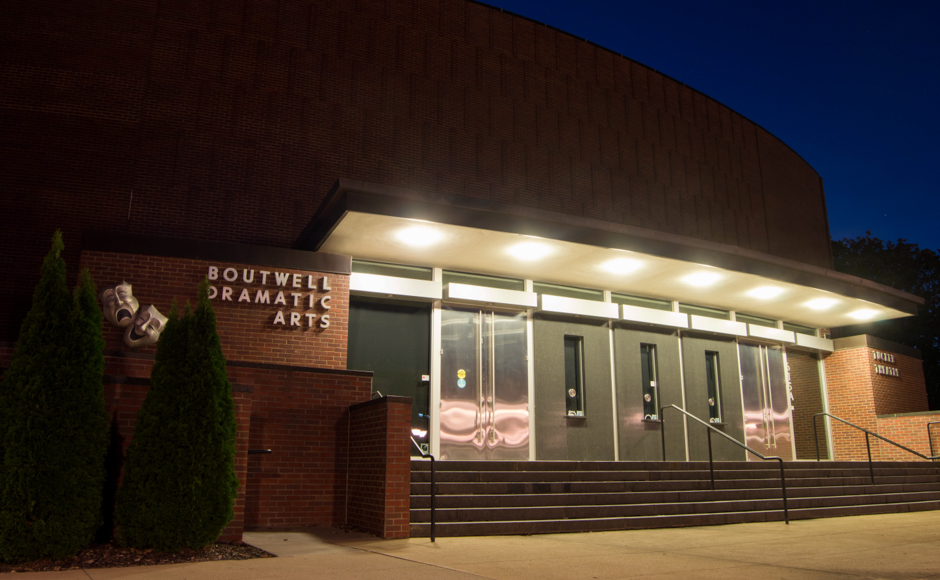
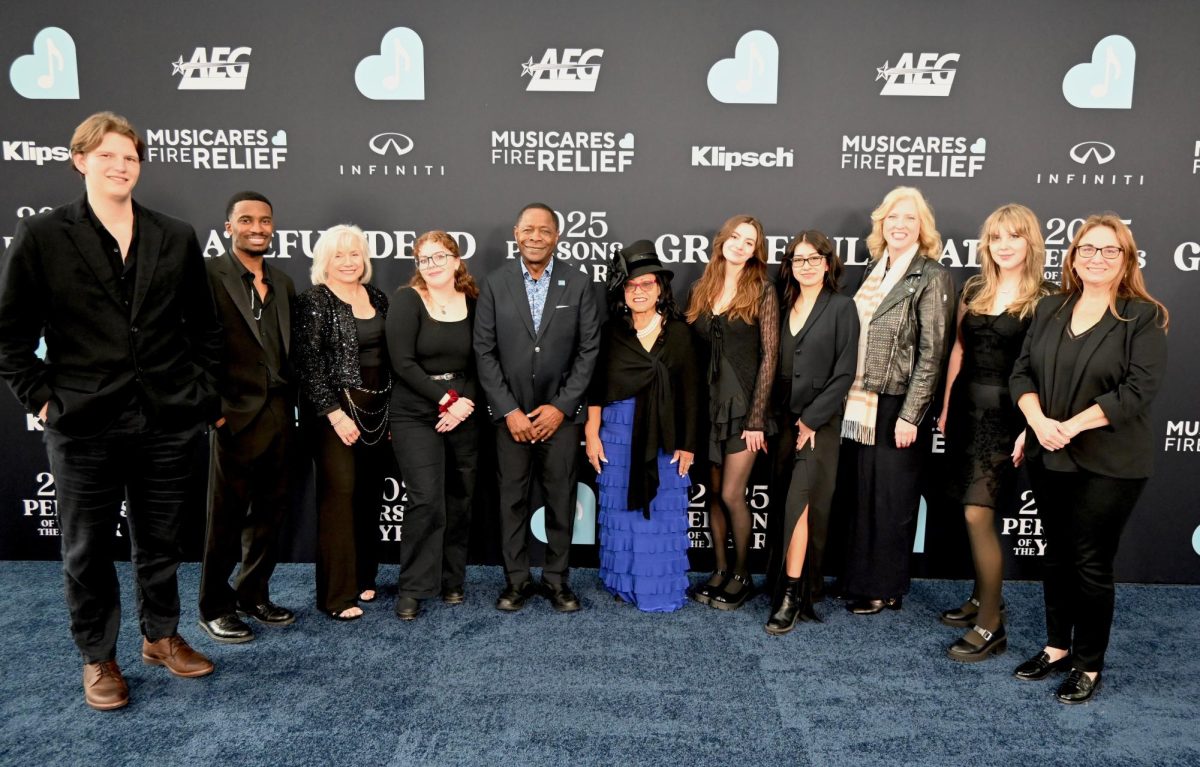
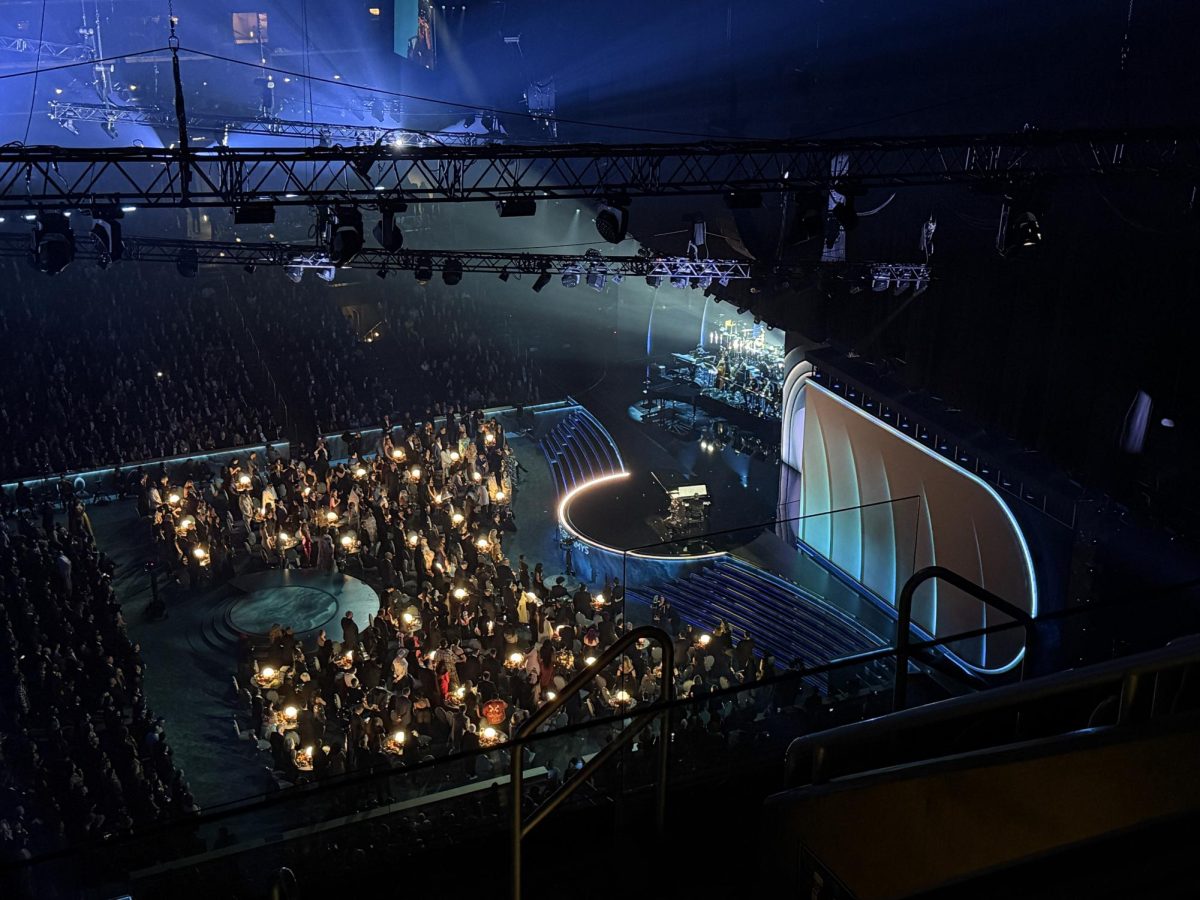

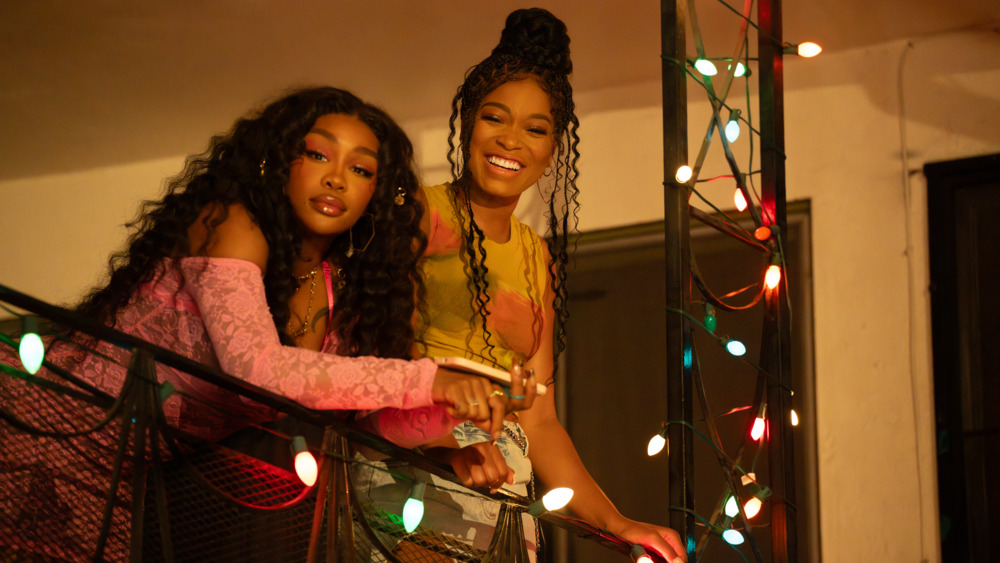

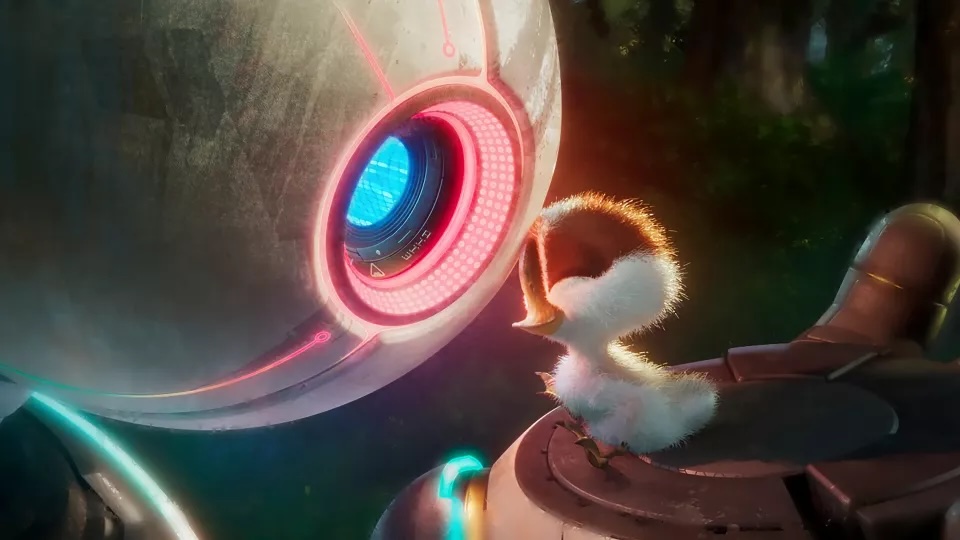

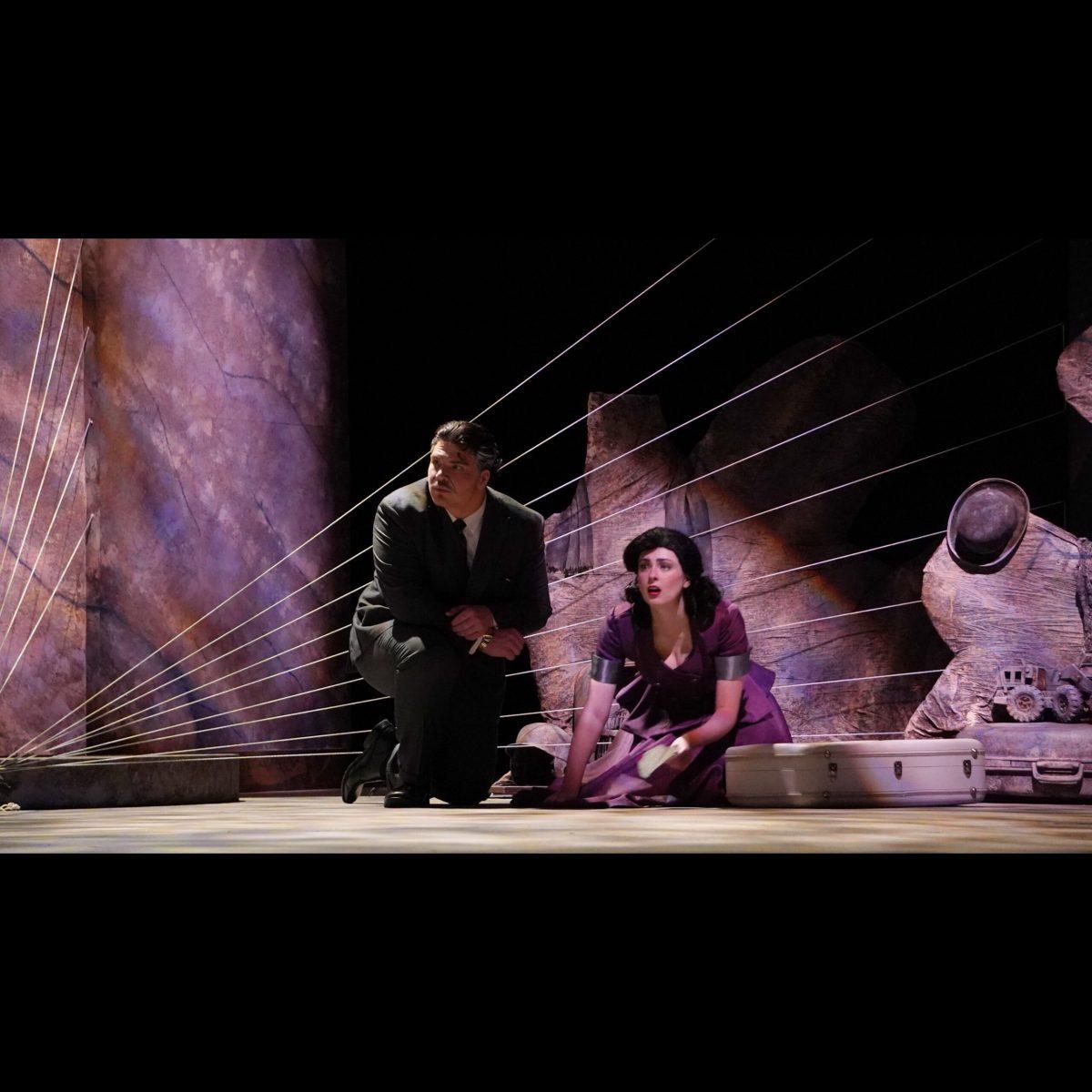

![MTSU Theatre students bring “[Title of Show]” to campus](https://mtsusidelines.com/wp-content/uploads/2024/03/IMG_5998-1-2.jpg)
